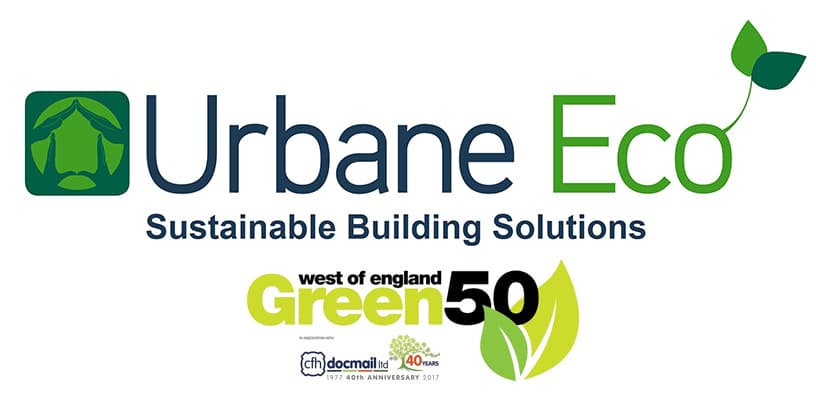Blog: The advantages of using natural building materials
The use of natural building materials is a vital aspect of creating a sustainable, healthy home for the occupants and the environment. But, what are natural building materials and what exactly are the advantages of using them compared to conventional building materials?
Natural building materials are materials used for building that are considered abundantly available in that particular environment, and are renewable, recycled or reused. Examples of common natural building materials are clay and sand. Clay blocks are formed mixing them with water and straw, or a similar fibre. Examples of other natural materials used in building are wood, earth, straw, bamboo and stone.
Ironically, many natural building technologies drawing from the use of these eco-friendly materials have existed for thousands of years, but are becoming increasingly popular due to the increasing concern and awareness of the profound environmental impact our modern lives, and homes, are having upon our planet.
The advantages of using natural building materials are significant and many. On the whole, they have less embodied energy than conventional building materials, which results in less energy being required for their production. The use of locally abundant materials means the least disruption to the local surroundings.
Using Adobe (clay, sand and water) is beneficial particularly as it has good thermal mass, meaning it is slow to transmit hot or cold. Other sustainable building techniques could also be applied when constructing the home to ensure adequate insulation. One of the ways of insulating a home using a natural material is by using wood fibre, which are sustainably created products, made with minimal impact on the environment. Wood fibre is not only a natural product, but provides such effective insulation that they help keep the property warmer in the winter, and cooler in the summer. Wood fibre can also be used in conjunction with other methods that promote the breathability of the building, creating a harmonious climate within the house where the risk of damp is reduced. This can have significant health benefits for the occupants.
Conventional building materials such as plastics, unsustainably harvested wood, Portland cement based mixes, paints and other coatings that off-gas volatile organic compounds (VOCs) and steel should be dramatically avoided because of their proven significant negative environmental and health impacts.
Using natural materials therefore is an obvious solution when looking to create a sustainable, peaceful, healthy environment that’s kind to the occupants as well as the environment.
